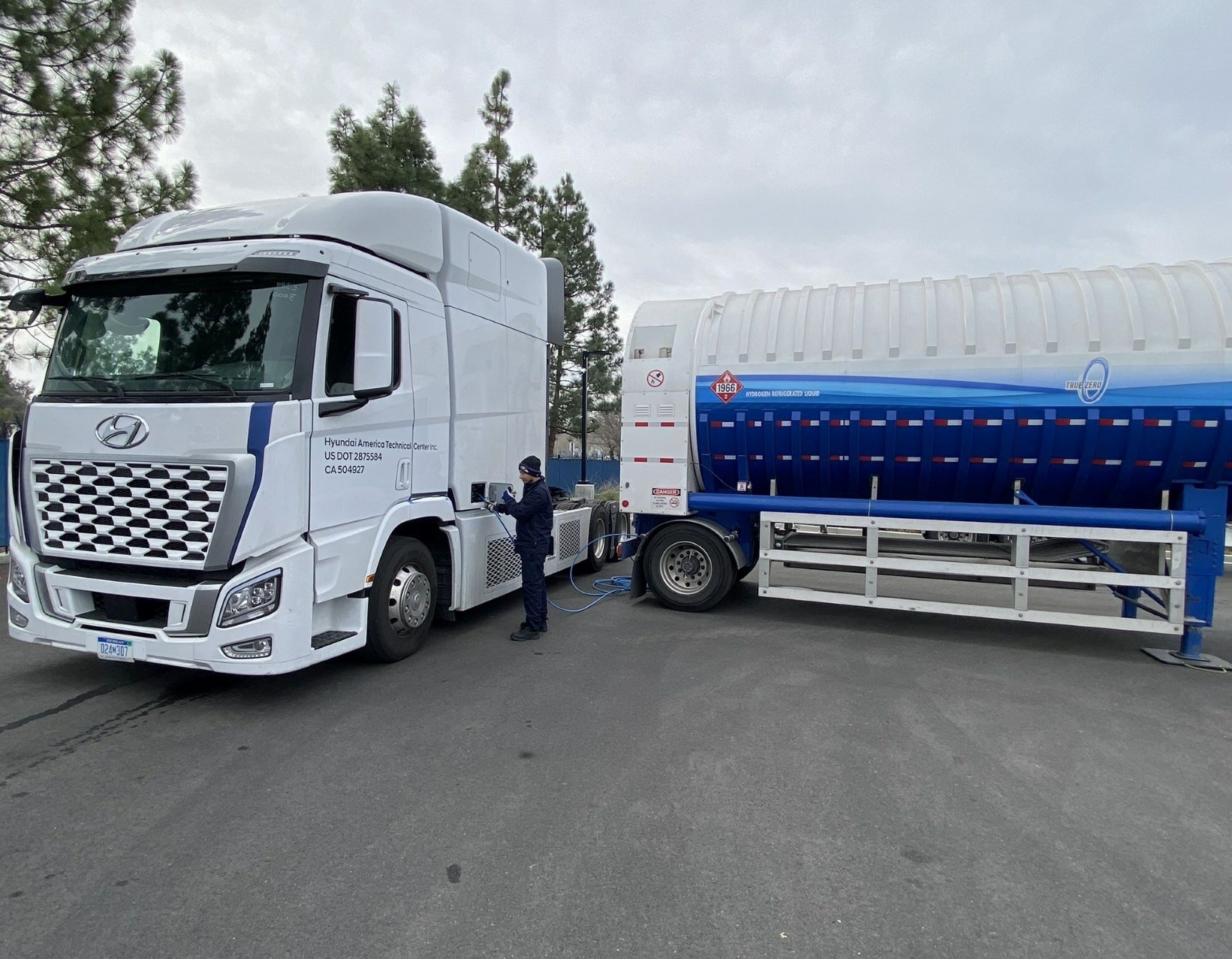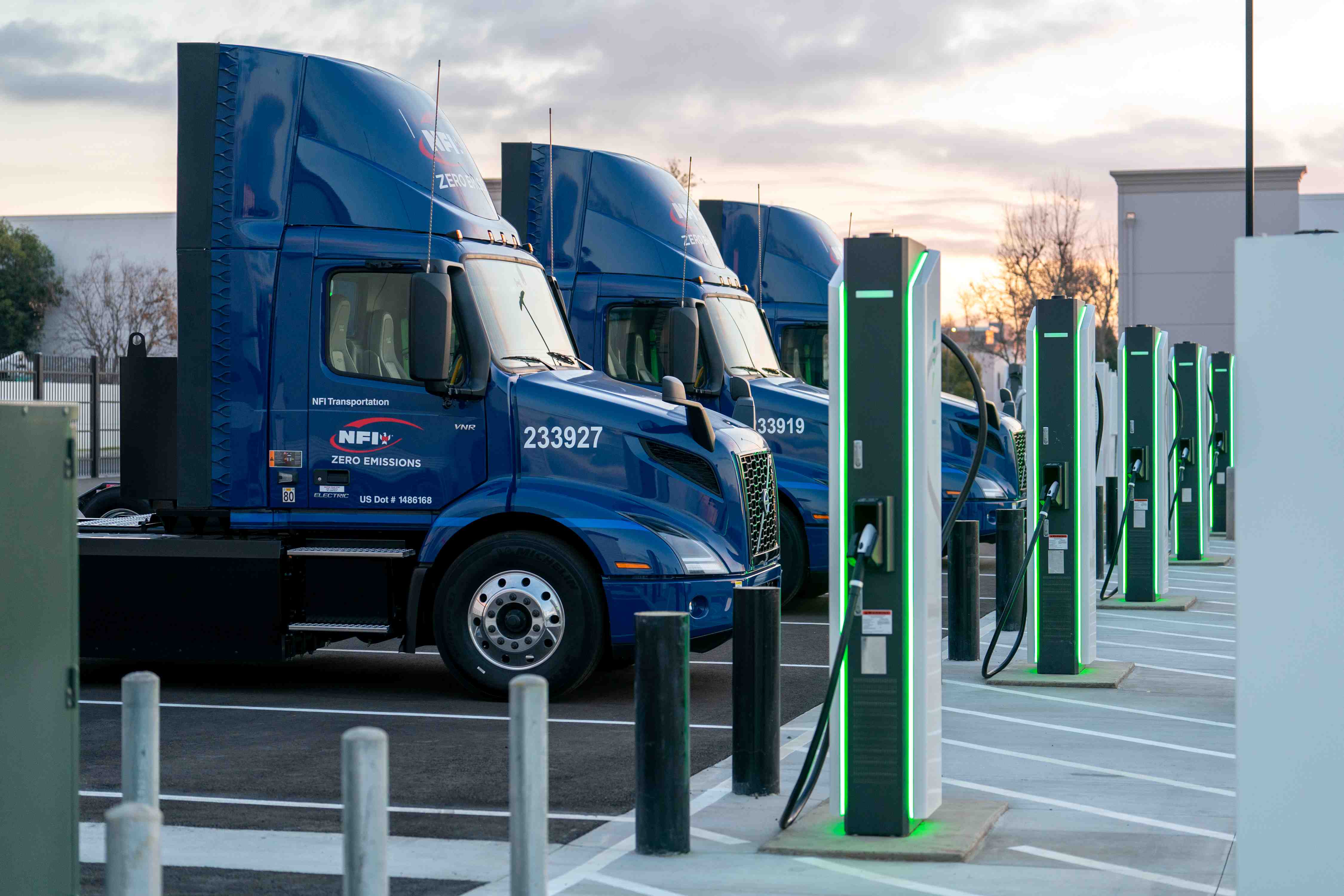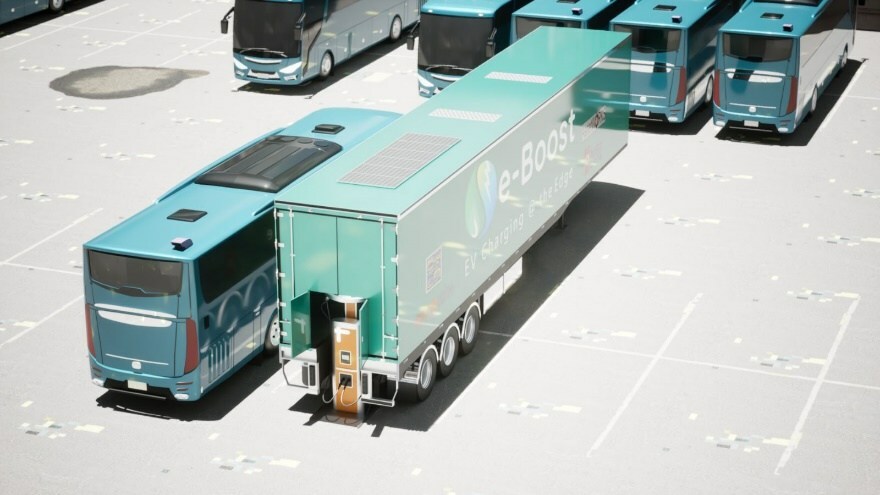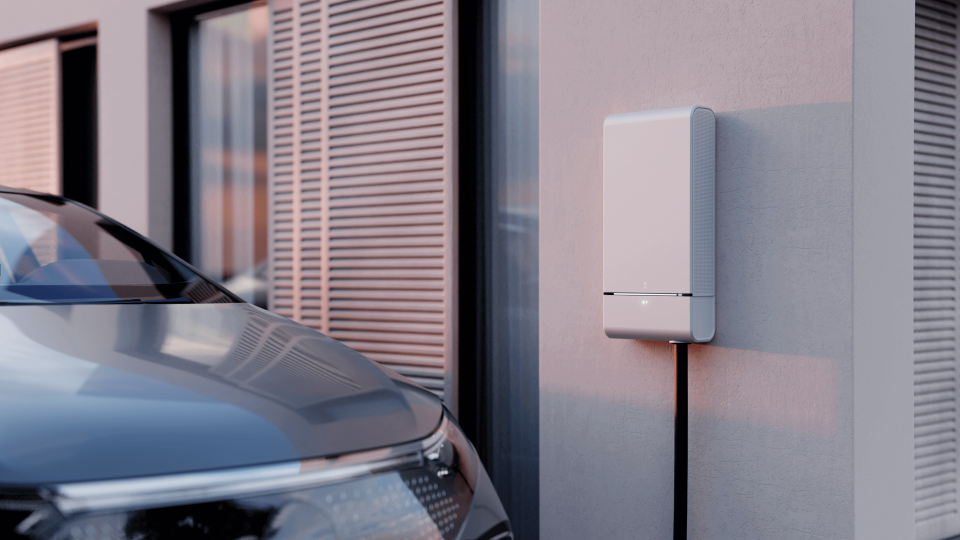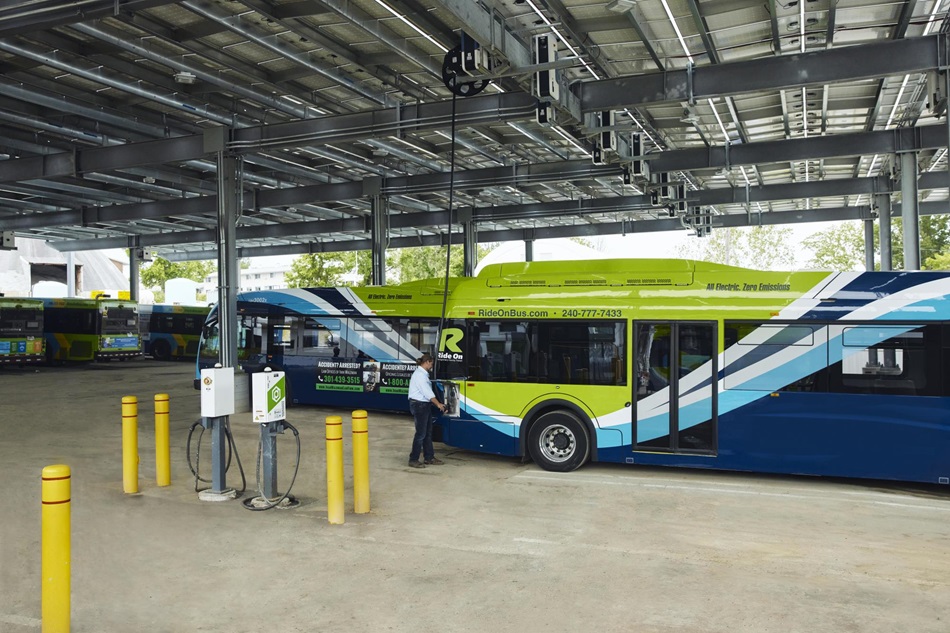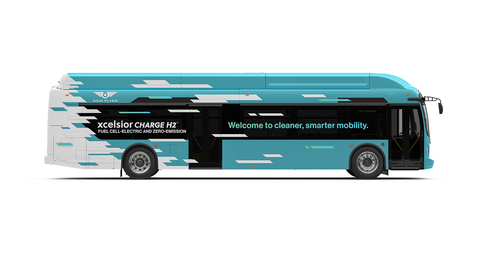
The project will leverage stored energy from zero-emission electric buses, owned and operated by AC Transit, to provide filtered air conditioning at the West Oakland Branch of the Oakland Public Library for residents in the event of unhealthy heat or smoke conditions. This pilot study, known locally as V2B Oakland, will be executed by a green energy project team which includes Center for Transportation and the Environment (CTE), The Mobility House, AC Transit, New Flyer, Schneider Electric, City of Oakland and WOEIP.
Each battery electric bus (BEB) will contribute six hours of backup power to the critical loads at the library, and each hydrogen fuel cell-electric bus (FCEB) will provide up to 11 continuous hours of backup power, displacing nearly 100 pounds of carbon emissions per hour compared to traditional diesel backup generators.
Working in coordination with bus manufacturer New Flyer of America, a subsidiary of NFI Group, the organisers say the project also marks the first time a US transit agency will have the capability to use a hydrogen vehicle for V2B backup power.
The backup power system, which combines Bus Exportable Power Supply (BEPS) capability with bidirectional chargers and smart software, will be integrated and tested at NFI’s Hayward facility, then deployed at an AC Transit bus division and the Oakland Library.
The system is designed to power the library’s upgraded HVAC and air filtration system, providing clean air and electricity inside the building to create a public shelter during emergencies and outages.
CEC says electric-drive bus fleets are uniquely suited for backup power and emergency relief because of their energy storage capacity, electrical architecture, independent mobility, and ability to be dispatched quickly. When compared to diesel generators – the current default technology for emergency backup power – BEPS provides quicker response times; avoid emission of harmful pollutants; can be more cost-effective; and increase the value of procuring zero-emission vehicles and chargers by providing community support benefits.



